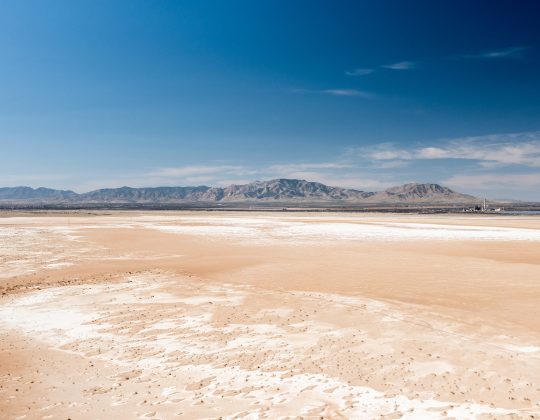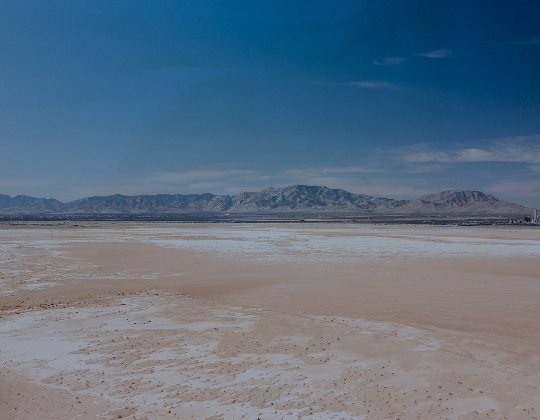Stock Performance
Annual General Meeting
Notice of AGM & Special Meeting & Information Circular - 2023
Voting Instruction Form ("VIF")
Beneficial Notice
Form of Proxy



